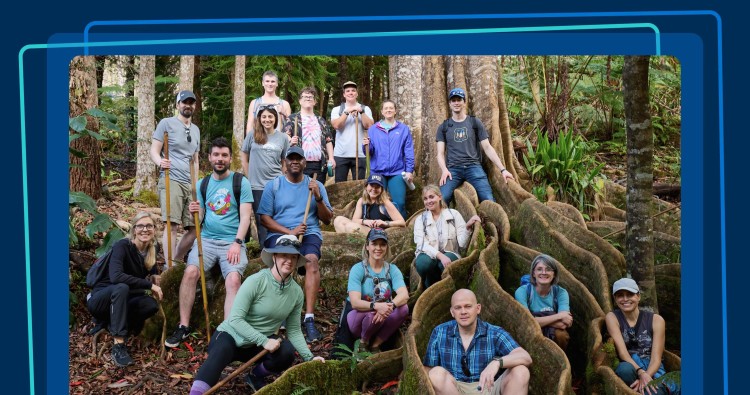
Introducing The Aha! Framework for product development
I have been writing the same thing for years. Let me explain. Most of my blog posts focus on how teams need a better way to work. I started sharing our thoughts about building products and companies right from the start when we founded Aha! in 2013. After decades of working in software — and now serving product teams at thousands of the world’s best-known and most innovative companies — we know organizations are still struggling. Folks have a hard time standardizing around a product-building methodology in a way that consistently creates customer value.
Building great products requires everyone to be aligned around a shared framework for success. Otherwise, those big ideas will never come to life.
The Aha! team has our own frameworks for everything from how we onboard new teammates to how we set strategy to how we support customers (hint: It is with product experts). We started documenting these early in the company’s history and shared our perspective and methods on the Aha! blog, in our bestselling book Lovability, and in our comprehensive guide for product managers. You might be familiar with a few of the concepts that we have pioneered, such as Minimum Lovable Product and The Responsive Method.
However, we have never explicitly shared our framework for how we build software. It is not because we are secretive. We share most information freely and never gate content. It is more that Aha! serves a diverse group of product builders (more than 1 million users and counting). So our focus has always been on providing supportive guidance and the right tools — no matter how people work.
Yet most of the product leaders I speak with are increasingly frustrated with current software development methodologies and are trying to set better standards. Kanban- and scrum-based approaches often shortchange strategy. On the other hand, Scaled Agile Framework® (SAFe®) and other more comprehensive methodologies bog teams down in process. So after thousands of conversations over the last decade with folks who are trying to bring a more strategic approach to agile work, we knew it was time to make our way known.
The Aha! Framework for product development is something our team has been testing, refining, and benefitting from for years. It is how we bring our own products to life. Now, we are sharing it with you.
The Aha! Framework is a flexible model for improving efficiency and increasing value delivered to customers. The framework gives teams a way to thoughtfully set strategic goals and initiatives, prioritize work, and achieve quickly. You get the rapid delivery of agile grounded in upfront strategic planning — with a disciplined focus on value creation for customers.
We organized The Aha! Framework around the nine core stages of product development. It starts with strategy, and discrete activities support teams through every phase of the process. Most of the activities repeat to support continuous delivery: Our high-level planning frequency aligns with a biannual strategy-setting cadence. However, we use one-week sprints to deliver regularly. (For more details, the team put together an in-depth overview of The Aha! Framework in our guide for product managers.)
The more we used The Aha! Framework over the years, the more we realized that we needed to integrate it into our software so others could use it too.
It just made sense to bring it all together. So today, we launched the ability to create and work off of frameworks in Aha! Roadmaps. Of course, there is a template for The Aha! Framework if you want to work the way we do. But having a way is more important than what that way is (even if we do think ours has its advantages).
So we built templates for common methodologies (such as scrum and SAFe) into Aha! Roadmaps as well. It is also possible to craft your own framework to mirror your team’s unique approach. No matter which approach you use, you can now diagram it and add best practices right in the tool your teams already use to manage your product plans and roadmaps.
I am incredibly proud of what the team has accomplished. Today’s launch is a celebration of exceptional effort and a commitment to excellence that goes back more than a decade. It includes our thinking from well before we started developing this new frameworks functionality.
We know that you will take a look at our approach and find areas where it can be improved. We hope you will share those ideas with us. Setting strategy and building products is always a work in progress, which is what makes the journey such an adventure.
Bring your product strategy to life — try Aha! software today.




